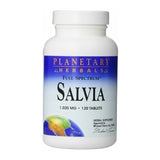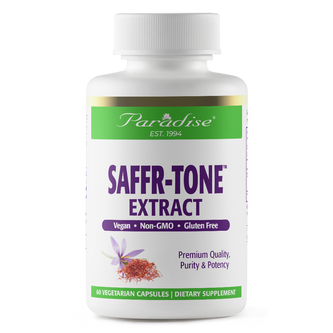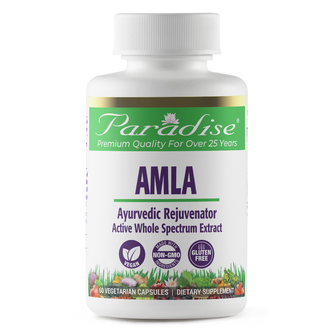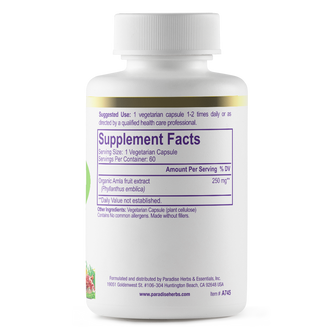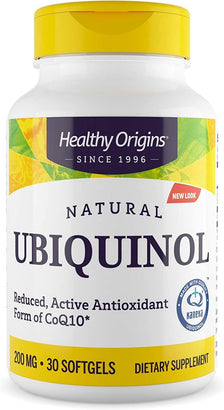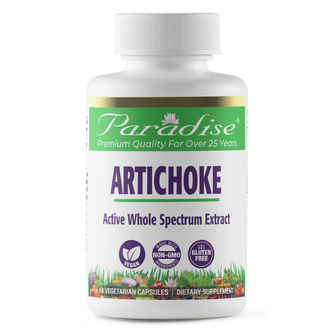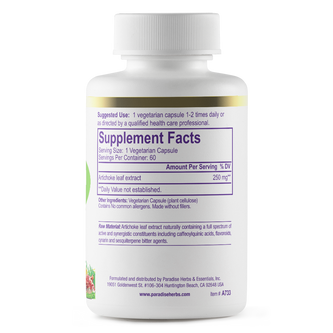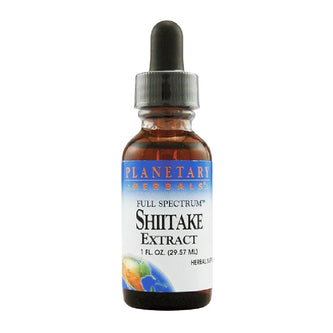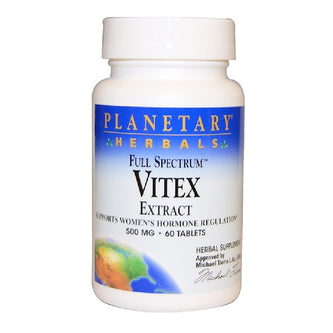Your cart is currently empty
Salvia Full Spectrum with MSV 1020 mg 120 tabs by Planetary Herbals
Quick Overview
Secured and trusted checkout with

Salvia miltiorrhiza is a traditional Asian herbal medication for circulatory ailments. It has shown efficacy in treating various markers of heart health. It is used traditionally to "invigorate" the blood or improve circulation. In patients with glaucoma, one report claimed to stabilize the visual field in patient with moderate to advanced glaucoma. The mechanism was presumed to be independent of IOP.**
- Full Spectrum Salvia with MSV 60
- Traditional Asian cardiovascular support supplement
- Features Chinese salvia
Full Spectrum Salvia with MSV 60 from Planetary Herbals is a dietary supplement that features one of the primary herbs used throughout Asia for supporting a healthy cardiovascular system: Chinese salvia (Salvia Miltiorrhiza also known as Dan Shen or Red Sage). MSV 60 (magnesium salvianolate B) has been identified as one of its primary active compounds.
Salvia Full Spectrum with MSV
1020 mg, 120 tablets
Item Catalog Number: PF0495
Suggested Use
1 tablet twice daily with a meal.
Supplement Facts
Serving Size 1 Tablet
| Amount Per Serving | %Daily Value | |
|---|---|---|
| Chinese Salvia Root | 1 g | † |
| Chinese Salvia Root Extract (60% magnesium salvianolate B [MSV 60®]) | 20 mg | † |
†Daily Value not established.
Warnings
Do not take with warfarin. Check with your physician before using this product if you are taking aspirin, ginkgo biloba, vinpocetine or other blood-thinners or if you are pregnant, may become pregnant or breastfeeding.
**DISCLAIMER: Information on this page is not intended as a substitute for advice provided by a competent health care professional. You should not use this information in diagnosing or treating a health problem. No claim or opinion expressed on this web site is intended to be, nor should be construed to be, medical advice. If you are now taking any drugs, prescribed or not, or have a medical condition, please consult a competent physician who is aware of herb/drug interactions before taking any herbal supplements. The information presented herein has not been evaluated by the FDA or the Department of Health and is not intended to diagnose, prevent or treat any disease or illness.
Zhu MD, Cai FY. (1991) Evidence of compromised circulation in the pathogenesis of optic nerve damage in chronic glaucomatous rabbit. Chin Med J (Engl). 106:922-927

